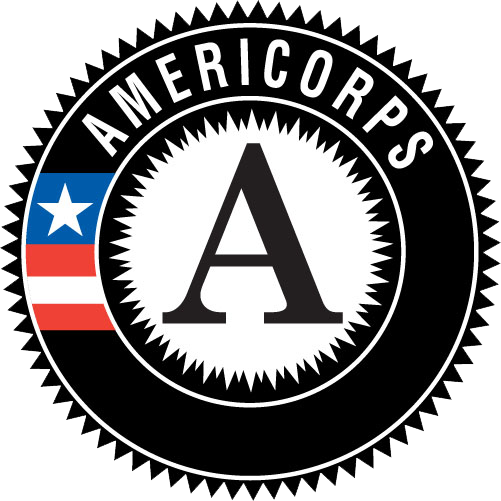Fiscal Burdens and Resource Gaps of Children with Chronic Pulmonary Conditions i | |||||||||||||||||||||||||||||||||||||||||||||||
| |||||||||||||||||||||||||||||||||||||||||||||||
| Project Description Background: Many studies focusing on children with chronic pulmonary conditions examine families living in urban environments. Rural states provide challenges to families caring for children with chronic pulmonary conditions. Access to health care can be difficult due to distance or a lack of providers. The out-of-pocket (OOP) expenses associated with this are not well documented. This paper describes the financial burden of caring for their child’s chronic illness when families live in a rural environment. Purpose/Aim: Describe the fiscal burden for families living in a rural state who are caring for a child with a chronic pulmonary illness. Sample: The sample of 150 families of children with chronic pulmonary conditions was drawn from the Pediatric Pulmonary Clinic (PPC) at major medical centers in the Southwest. English-speaking families were selected from a noncategorical group of families with a child receiving care for a pulmonary condition at the PPC. Methods: This descriptive study was conducted using a structured interview (30 minutes long) where parents/ primary caregivers were asked about their demographics and fiscal expenses. Families were recruited when they came to the clinic for regularly scheduled appointments. The study was reviewed and approved by the IRB. Results: Structured interviews were completed in clinic with 150 families from rural and urban areas in New Mexico. The sample included 66 females (42.3%) and 90 males (57.7%), 6 families had 2 children attending an appointment. The median age was 7 years old (3.5 mo–17 y). The majority of the families identified themselves as Hispanic (46%); the rest were Caucasian (27%), Other (14%), Native American (9%), African American (3%) and Asian (1%). Most families reported English as the primary language spoken at home (N=137) and 42% of the families reported being bilingual. The most frequently reported pulmonary condition was asthma (69.3%). Other pulmonary conditions were cystic fibrosis (4%) and bronchopulmonary dysplasia (2%). The average distance travelled to the PPC was 104.9 miles (a range of 0.5 to 480 miles). OOP expenses were largest for increased costs of utilities; 28 families reported spending an average of $149 on additional utilities in the past month. Other average OOP costs in the past month were trips to the pulmonary clinic (~$63 per trip), meals associated with health care trips ($53), prescriptions ($26) and over-the-counter medications ($17). Forty-four families made renovations to their homes spending an average of $2,389. Implications: This study revealed a wide range of economic costs of caring for a child with a chronic pulmonary condition in New Mexico. Findings may be used to influence the development of health policies that affect families who travel long distances to seek health care for their children. Eligibility | |||||||||||||||||||||||||||||||||||||||||||||||
|
|||||||||||||||||||||||||||||||||||||||||||||||



